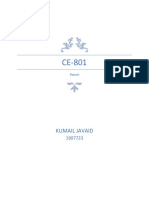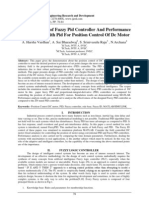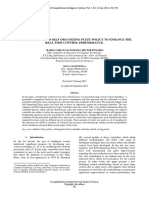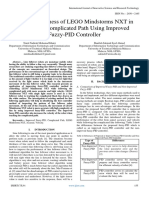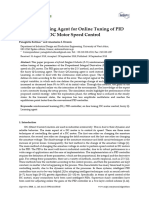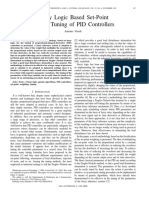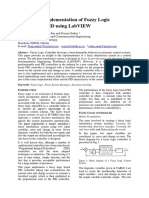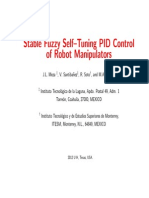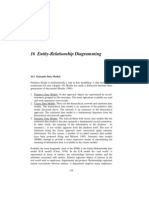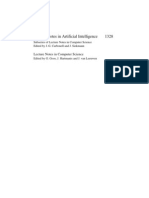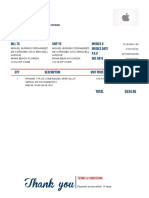0% found this document useful (0 votes)
23 views7 pagesLinefollowingrobot
This paper introduces a fuzzy integrated self-tuning PID controller designed for a line-following mini robot, enhancing its trajectory tracking in varying ambient light conditions. The controller automatically adjusts PID parameters based on environmental feedback, improving performance over conventional methods by minimizing overshoot and settling time. Experimental results demonstrate the system's effectiveness in adapting to different lighting and surface conditions, showcasing significant improvements in control response.
Uploaded by
vinhle131196Copyright
© © All Rights Reserved
We take content rights seriously. If you suspect this is your content, claim it here.
Available Formats
Download as PDF, TXT or read online on Scribd
0% found this document useful (0 votes)
23 views7 pagesLinefollowingrobot
This paper introduces a fuzzy integrated self-tuning PID controller designed for a line-following mini robot, enhancing its trajectory tracking in varying ambient light conditions. The controller automatically adjusts PID parameters based on environmental feedback, improving performance over conventional methods by minimizing overshoot and settling time. Experimental results demonstrate the system's effectiveness in adapting to different lighting and surface conditions, showcasing significant improvements in control response.
Uploaded by
vinhle131196Copyright
© © All Rights Reserved
We take content rights seriously. If you suspect this is your content, claim it here.
Available Formats
Download as PDF, TXT or read online on Scribd
/ 7





